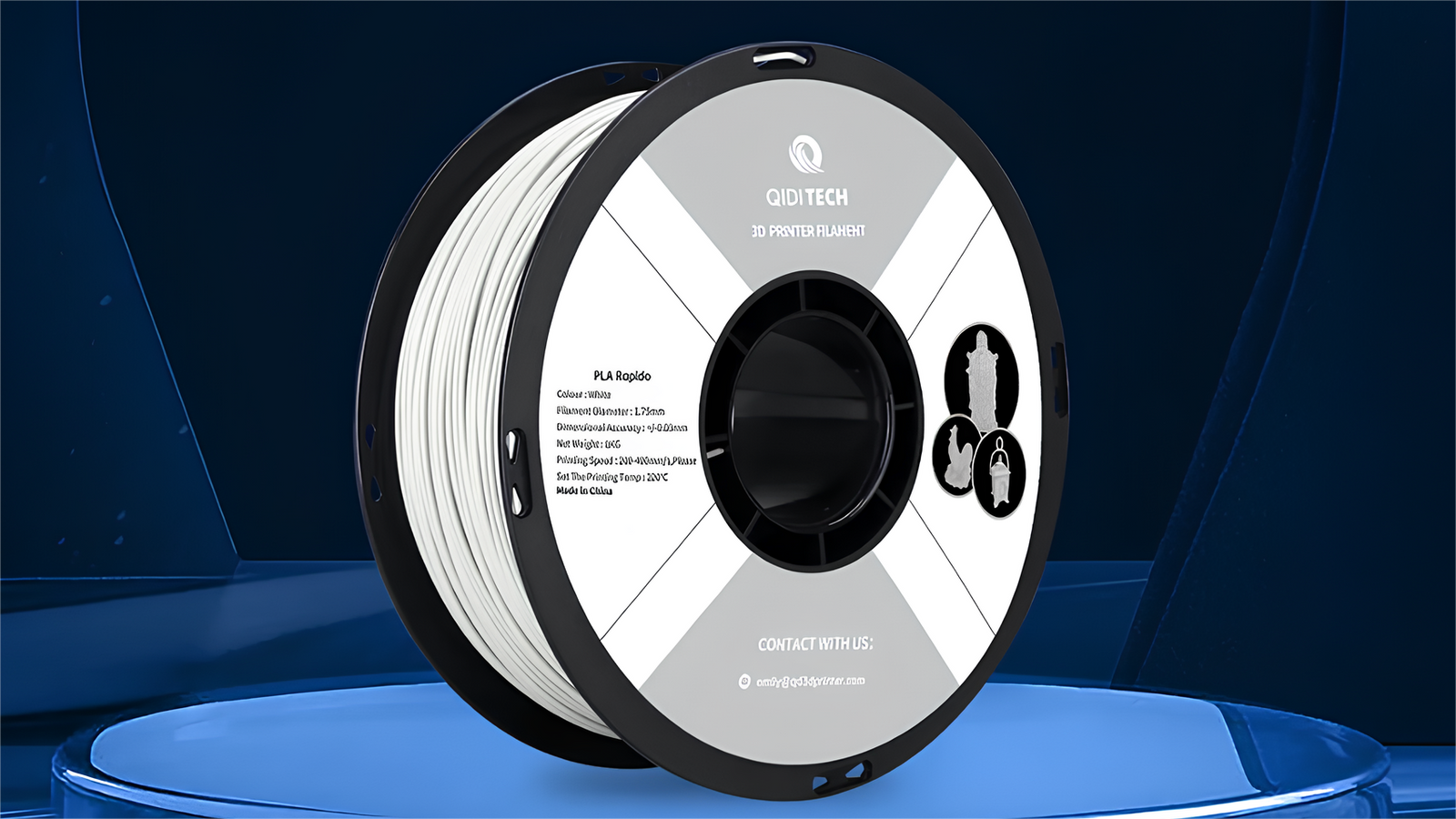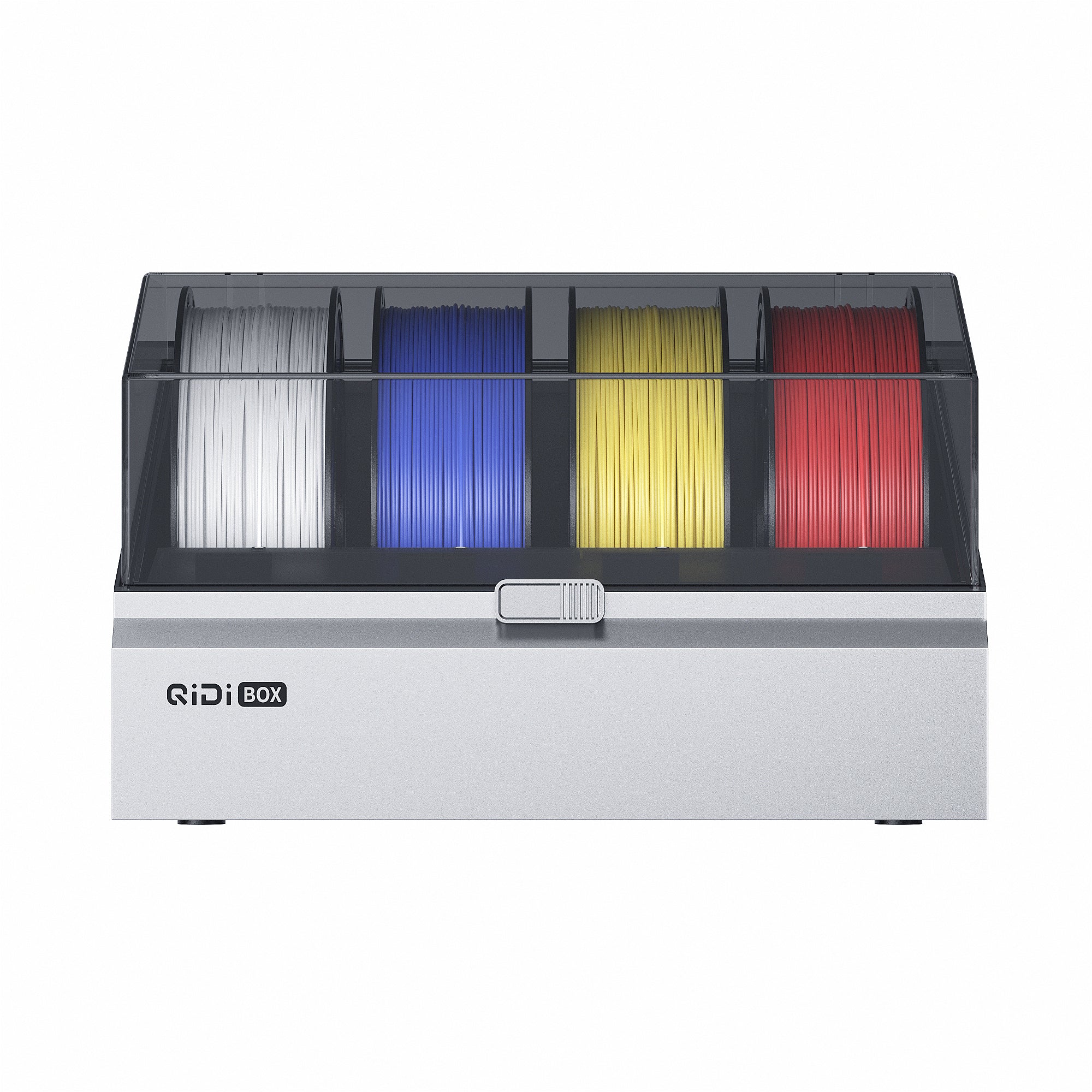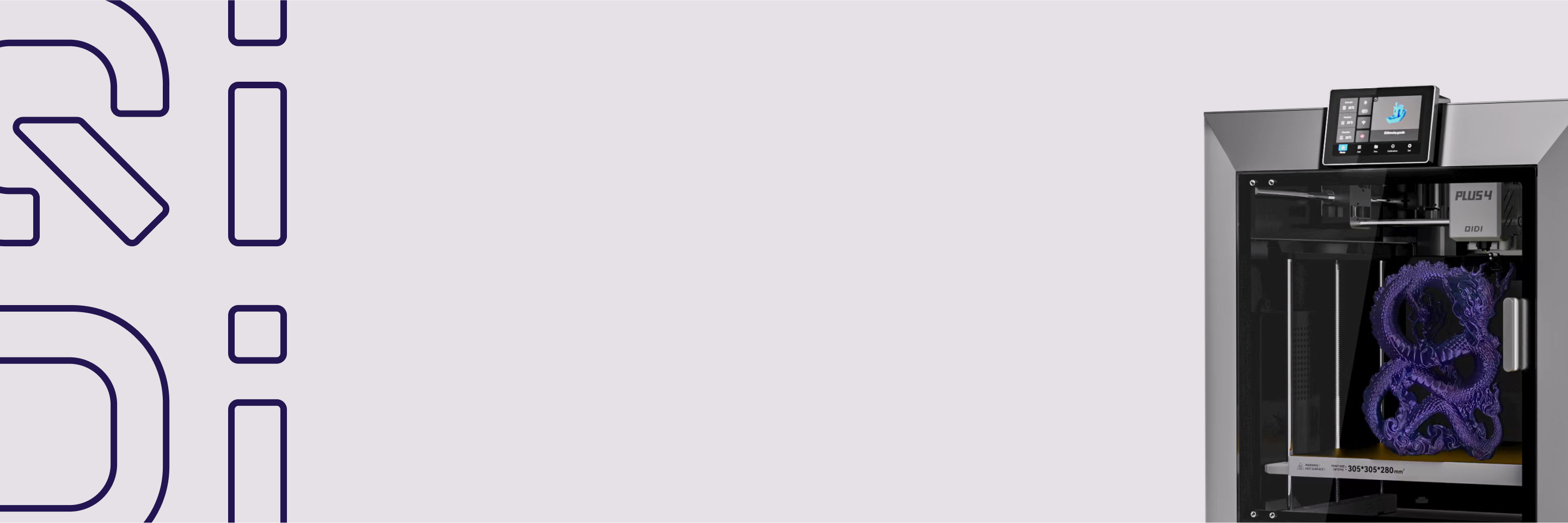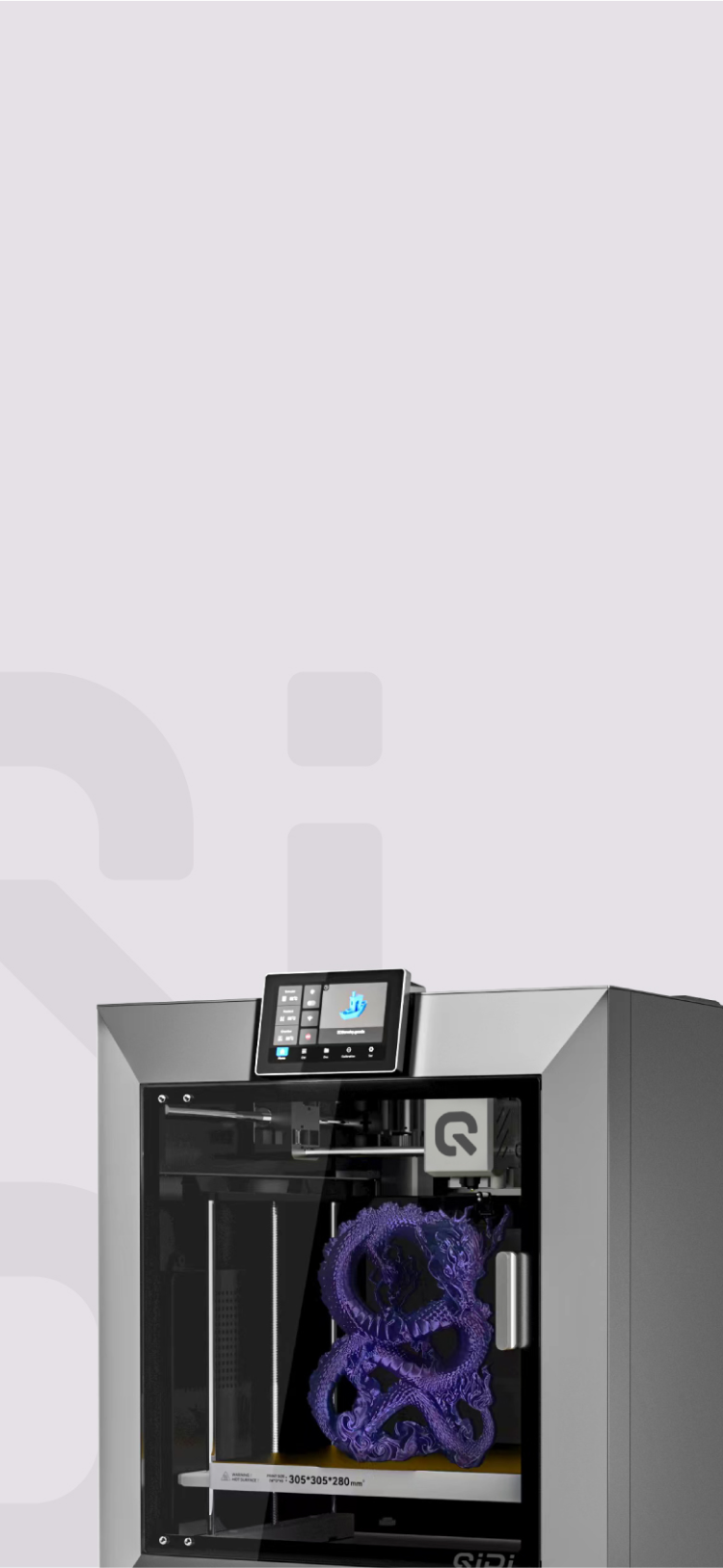Is PLA Filament for 3D Printing Toxic?


3D printing has become increasingly popular, with many people using this technology for various applications. One of the most common materials used in 3D printing is PLA filament, which is known for its ease of use and attractive appearance. However, there has been some debate about the safety of PLA filament, particularly regarding the toxicity of the fumes produced during the printing process. This article will take a closer look at PLA filament, its advantages and potential health concerns, and explore strategies for minimizing risks and ensuring a safe 3D printing experience.
What is PLA Filament and Why is it Popular in 3D Printing?
PLA (Polylactic Acid) is a type of plastic made from renewable resources like corn starch or sugarcane. It's become a go-to material for many 3D printing enthusiasts because of its unique properties and benefits.

Advantages of PLA Filament
- Easy to Print: PLA is known for being user-friendly and forgiving, making it a great choice for beginners. It doesn't require a heated bed and can be printed at lower temperatures compared to other materials.
- Wide Range of Colors and Finishes: PLA comes in a variety of colors and even special finishes like metallic or glow-in-the-dark, allowing you to get creative with your prints.
- Good Adhesion and Detail: PLA has good bed adhesion, meaning your prints are less likely to warp or detach during printing. It also captures fine details well, resulting in high-quality prints.
Potential Health Concerns
Despite its popularity, there have been some concerns raised about the safety of PLA fumes during the 3D printing process. When PLA is heated and melted, it can release tiny particles and chemicals into the air, which has led some people to worry about potential health risks.
Is PLA Filament for 3D Printing Toxic?
When we talk about the toxicity of PLA filament, it's important to make a distinction between the filament in its solid form and the fumes it gives off during printing.
PLA Filament in Solid Form
The good news is that PLA filament itself is generally considered non-toxic. It's even been used in medical applications and is safe enough to use for food packaging. So, handling PLA filament and printed objects shouldn't pose any significant health risks.
PLA Fumes During Printing
The main concern with PLA filament arises when it's heated during the printing process. As the filament melts, it can release fumes containing small particles and chemicals called volatile organic compounds (VOCs).
Additives and Dyes in PLA Filament
It's worth noting that some PLA filaments may contain additives or dyes to achieve different colors or properties. These additives can also contribute to the fumes released during printing, and their safety may vary depending on the specific substances used.
So, while PLA filament itself is not toxic, the fumes it produces during printing have raised some concerns.

How Can PLA Fumes Affect Your Health?
Now that we know PLA fumes can contain small particles and chemicals, let's take a look at what that might mean for your health.
What's in PLA Fumes?
Studies have shown that PLA fumes contain ultrafine particles (UFPs) and VOCs. UFPs are tiny particles that can be easily inhaled, while VOCs are chemicals that can cause irritation and other health issues.
PLA Fumes vs. Other 3D Printing Materials
Compared to some other 3D printing materials like ABS (Acrylonitrile Butadiene Styrene), PLA fumes are generally considered less toxic. However, that doesn't mean they're completely harmless. It's still important to take precautions when printing with PLA.
Potential Health Effects of PLA Fumes
Exposure to PLA fumes can lead to symptoms like:
- Respiratory Irritation: Inhaling PLA fumes can cause irritation in your nose, throat, and lungs. This can be especially problematic for people with existing respiratory conditions like asthma.
- Headaches and Nausea: Some people may experience headaches or nausea after breathing in PLA fumes, particularly if they're in a poorly ventilated area.
- Long-Term Health Concerns: While more research is needed, there are concerns that long-term exposure to PLA fumes could lead to more serious health problems down the line.
How Can You Stay Safe When Printing with PLA?
Now that we know about the potential risks of PLA fumes, let's talk about what you can do to protect yourself while enjoying your 3D printing hobby.
Ventilation is Key
One of the most important things you can do is ensure proper ventilation in your printing area. This means:
- Printing in a well-ventilated room with open windows or fans to help circulate the air.
- Using a 3D printer enclosure with a filtration system to contain and filter out harmful particles and fumes.
- Investing in an air purifier designed for 3D printing spaces.

Choose Your Filament Wisely
Not all PLA filaments are created equal. Some may produce more fumes than others, so it's important to do your research and choose filaments that are known to have lower emissions.
Use Recommended Printer Settings
Using the right printer settings can also help reduce the amount of fumes produced during printing. This includes:
- Keeping the nozzle temperature as low as possible while still achieving good print quality.
- Ensuring your printer is properly calibrated and maintained to avoid excess emissions.
By following these guidelines and investing in the right equipment, you can significantly reduce your exposure to PLA fumes and print with confidence.
What Safety Gear Should You Use When Printing with PLA?
In addition to ventilation and choosing the right filament, there are some personal safety measures you can take to further protect yourself from PLA fumes.
Wear a Respirator
A respirator is a type of mask that filters out harmful particles and fumes. When printing with PLA, look for a respirator with a filter rated for VOCs to ensure maximum protection.
Protect Your Eyes
While PLA fumes are primarily a concern for your respiratory system, it's also a good idea to protect your eyes. Safety glasses or goggles can help prevent any irritation or discomfort caused by fumes or small particles.
Best Practices for Safe 3D Printing
Beyond personal protective equipment, there are some general best practices you can follow to minimize your risk:
- Always print in a well-ventilated area and never in a bedroom or sleeping area.
- Keep your printer clean and well-maintained to avoid excess emissions.
- Limit your time spent directly near the printer while it's running.
- Consider using a 3D printer with an enclosed design to contain fumes.
Combining these personal safety measures with the ventilation and filament choices discussed earlier can create a safer and more enjoyable 3D printing experience.
How Should You Set Up Your 3D Printer for Printing with PLA?
Now that we've covered safety precautions, let's talk about how to optimize your 3D printer settings for printing with PLA filament.
Temperature Settings
PLA typically prints best at temperatures between 190°C and 220°C. Start at the lower end of this range and adjust as needed for optimal print quality. Bed temperature should be around 60°C for good adhesion.
Print Speed and Retraction
A print speed of 40-60mm/s is a good starting point for PLA. Retraction settings will depend on your specific printer, but a distance of 5-7mm at a speed of 25-40mm/s is a common range to minimize stringing and oozing.
Bed Adhesion Techniques
To prevent warping and ensure good bed adhesion, consider using a heated bed, a PLA-compatible adhesive like glue stick or hairspray, or a specialized build surface.
Don't Forget Ventilation
Even with optimal printer settings, it's crucial to maintain good ventilation. Keep your printing area well-ventilated and consider using an enclosure or filtration system to minimize your exposure to fumes.
Dialing in your printer settings and prioritizing ventilation helps achieve high-quality prints while keeping your printing environment safe.
Stay Safe While 3D Printing with PLA Filament!
While PLA filament itself is generally considered non-toxic, it's important to be aware of the potential risks associated with the fumes produced during the 3D printing process. By understanding these risks and taking appropriate precautions, such as ensuring proper ventilation, choosing low-emission filaments, using personal protective equipment, and following best practices for safe printing, you can minimize your exposure to harmful particles and chemicals. Investing in specialized safety solutions can further enhance your 3D printing safety and provide peace of mind. With the right knowledge and tools, you can confidently enjoy the benefits of 3D printing with PLA filament while safeguarding your health and well-being.
FAQs about 3D Printer Filament Fume
Q: Is ABS filament toxic?
A: ABS (Acrylonitrile Butadiene Styrene) emits more harmful fumes than PLA. Proper ventilation, respirators, and safe practices are critical when printing with ABS.
Q: What about PETG filament?
A: PETG (Polyethylene Terephthalate Glycol-Modified) is considered safer than ABS but can still produce some potentially irritating emissions during printing. Take precautions.
Q: Is nylon filament hazardous?
A: Like other thermoplastics, heating nylon can generate ultrafine particles and VOCs. Print in a well-ventilated area and use protective gear.
Q: Are flexible filaments like TPU unsafe?
A: TPU (thermoplastic polyurethane) and flexible filaments require higher temperatures, which increases fume production. Proper ventilation is very important.


 Q2
Q2
 QIDI Box
QIDI Box
 Plus 4
Plus 4
 Q1 Pro
Q1 Pro
 X-Max 3
X-Max 3

